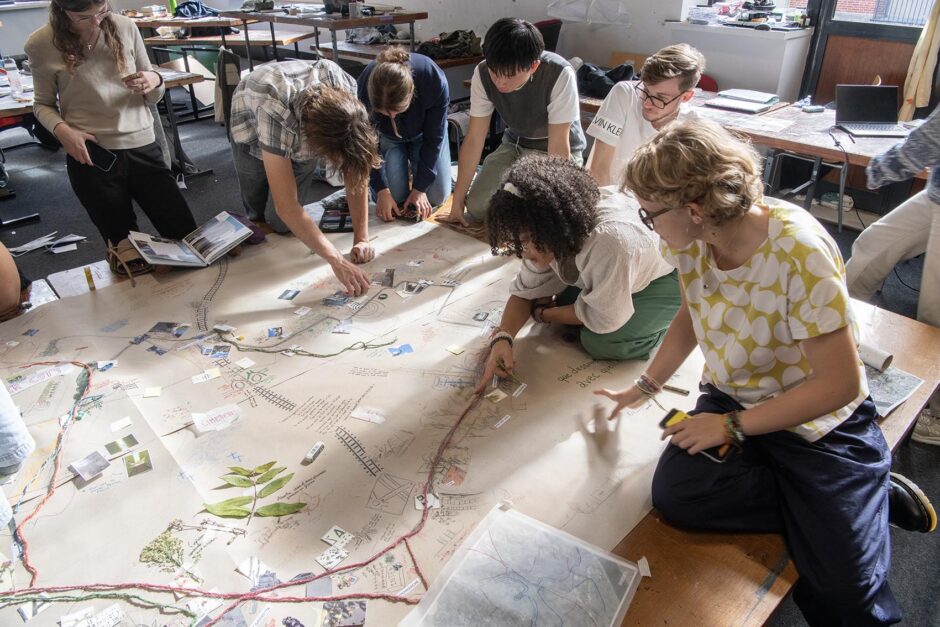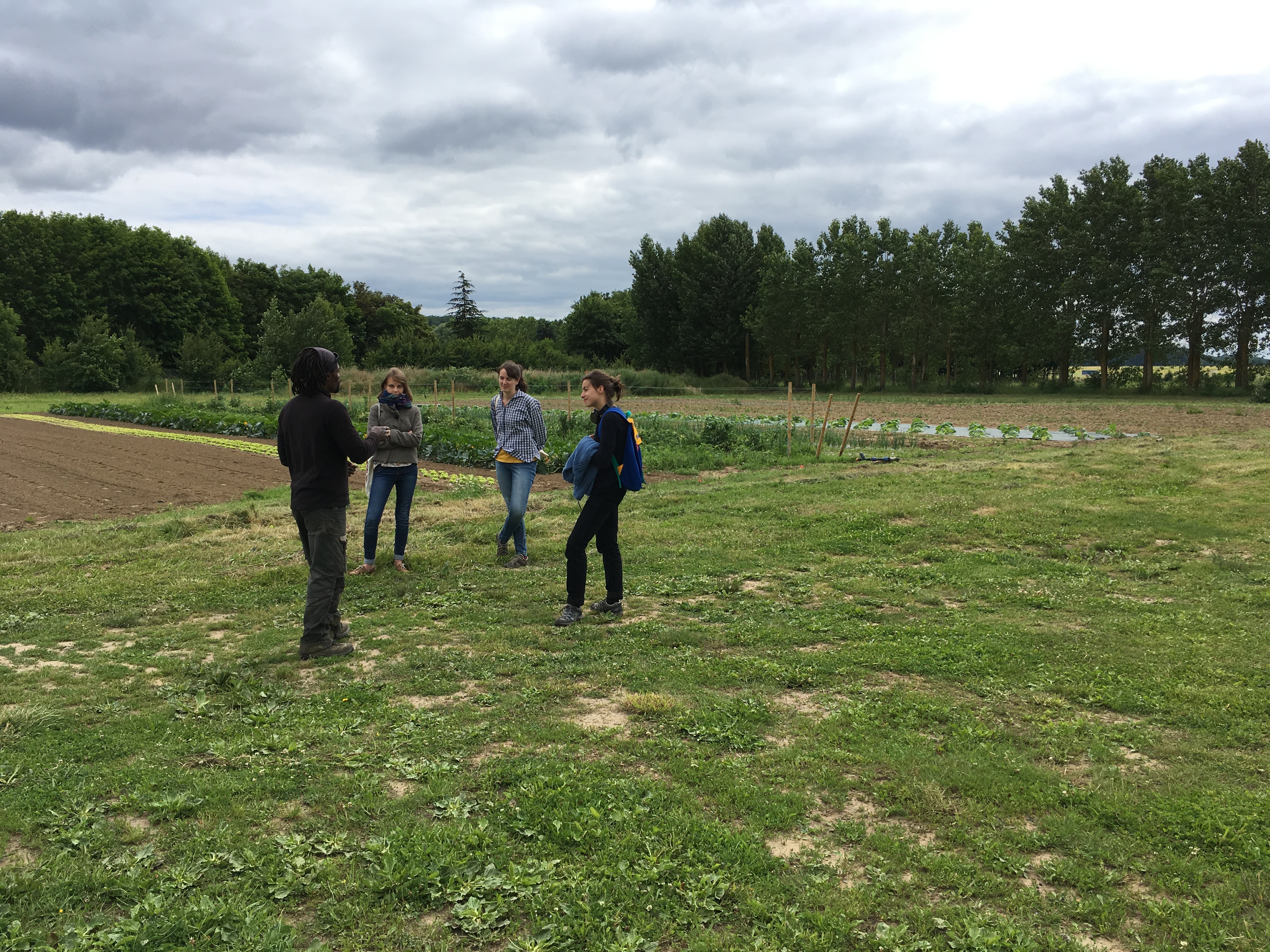DUAL DEGREE
In 2018, the École de la Nature et du Paysage embarked on a new training pathway which was unique in France at the time. This is a dual degree programme combining training as a landscape designer in Blois and training as an architect in one of France’s national schools of architecture.
A unique dual degree programme in France
The École de Blois already had pre-existing links with the École d’Architecture de la Ville & des Territoires, located in Marne-la-Vallée, through their participation in project or degree workshop panels, through lecturers who teach at both schools, through the circulation of school journals and through the presence of former Blois graduates teaching at Marne, etc. A certain knowledge of the educational programmes of both schools quickly identified the mutual interest in a dual degree course for the teaching staff and students at both schools.
The École de la Nature et du Paysage INSA Centre Val de Loire and the École d’Architecture de la Ville & des Territoires Paris-Est have jointly developed a teaching programme which enables students from both schools to obtain both the Diplôme d’État in Landscape Architecture awarded by INSA Centre Val de Loire and the Diplôme d’État in Architecture awarded by the École d’Architecture de la Ville & des Territoires Paris-Est.
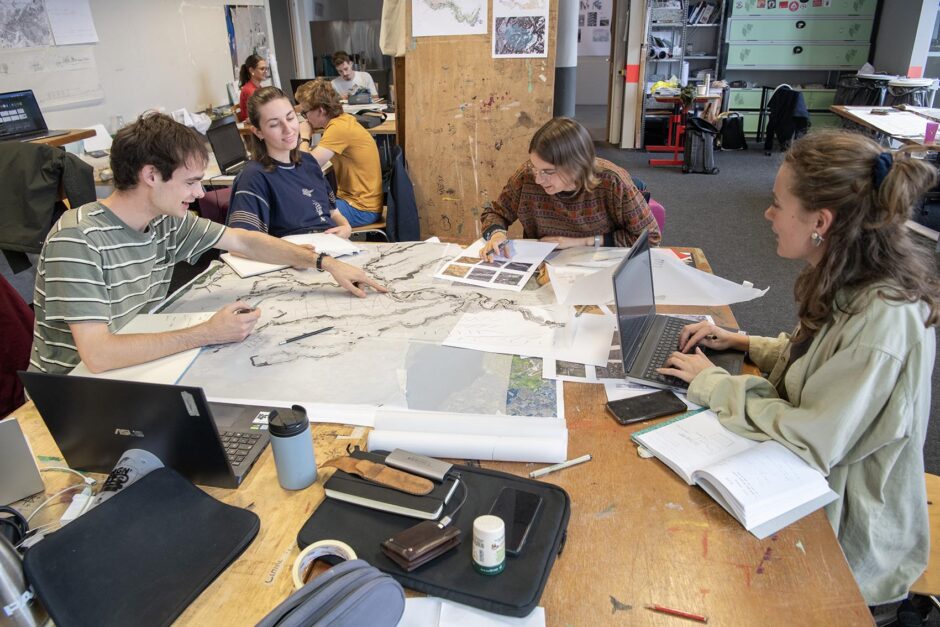
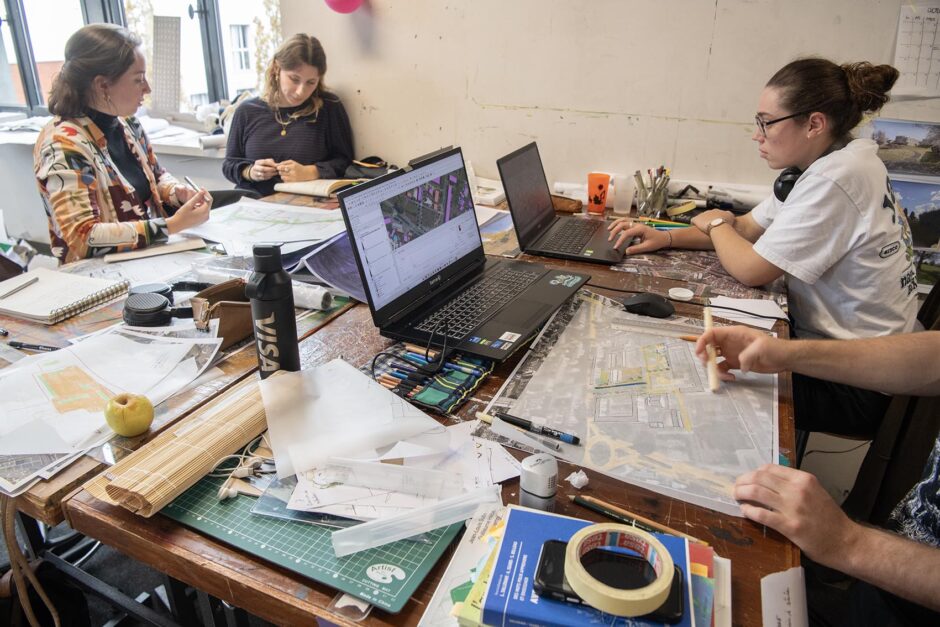
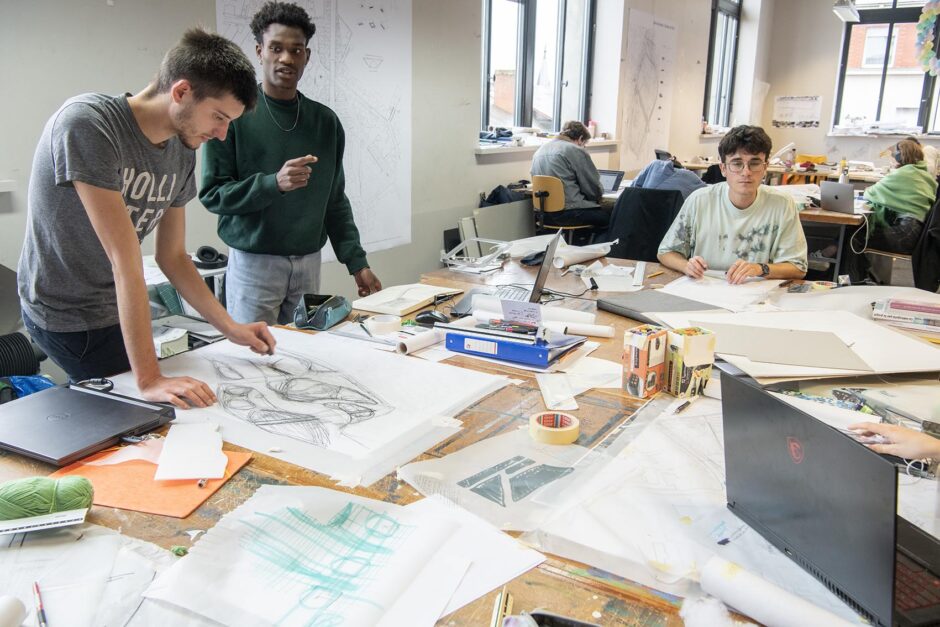
The necessary broadening of designer skills
Ce double diplôme incarne la volonté de nos établissements de relever le défi d’engager les villes et les territoires dans des réponses concrètes aux impératifs de la transformation des métiers de la conception spatiale.
L’orientation scientifique et pédagogique de l’Ensa Paris-Est pose la maîtrise des transformations de l’environnement et des situations construites comme devant guider le projet. Le terme de transformation prend ici toute son importance : elle indique que l’exercice du projet procède à partir d’un existant. Cette préoccupation rejoint celle de l’École de la nature et du paysage qui expérimente une pratique du projet de paysage sans cesse renouvelée par l’apport des sciences de l’écologie et des sciences sociales, où l’attention au sol, au vivant, aux trajectoires sociales et historiques, offre les matériaux de tout processus d’invention spatiale. L’ingénierie soutient la pédagogie de la créativité développée par les deux écoles, les techniques étant enseignées au service du projet.
This dual degree reflects our institutions’ commitment to meeting the challenge of engaging towns, cities and regions in providing a practical response to the requirements associated with the changes taking place in spatial design professions.
The scientific and educational focus of Ensa Paris-Est emphasises that mastery of environmental transformations and constructed settings must guide projects. The term ‘transformation’ takes on its full significance here: it indicates that the project is being carried out on the basis of what already exists. This concern echoes that of the École de la Nature et du Paysage, which experiments with landscape design practices which are continually being updated through contributions from ecology and social sciences, where attention to the soil, living organisms and social and historical contexts provides the raw materials for any spatial design process. Engineering supports the teaching of creativity developed by both schools, with techniques being taught as part of projects.
The urgent nature of the ecological transition means that a joint approach to spatial planning which recognises the importance of the legacy of environments in which architects and landscape architects are being required to work is becoming increasingly significant. The need to drastically reduce the consumption of space and material and energy resources calls for specific skills in order to transform what already exists. Intervening in situations of deprivation, or even decline, means calling on primary resources, such as water, soil and plants, but above all on the inhabitants themselves. Restoring environments which are often polluted or damaged is now a key part of landscape, architecture and urban planning projects. We want to offer students the opportunity to cross-reference and pool our teaching in order to give them the means to think and act within a constantly changing and complex environment. Our shared objective is to enable them to expand their future practices as spatial project designers at multiple scales and with a greater number of rapidly evolving trades.
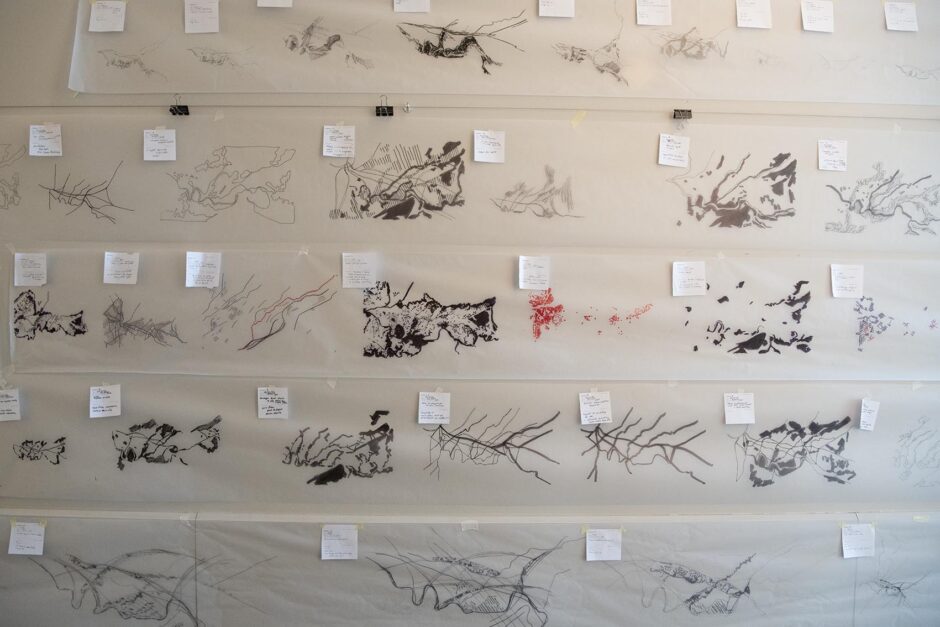
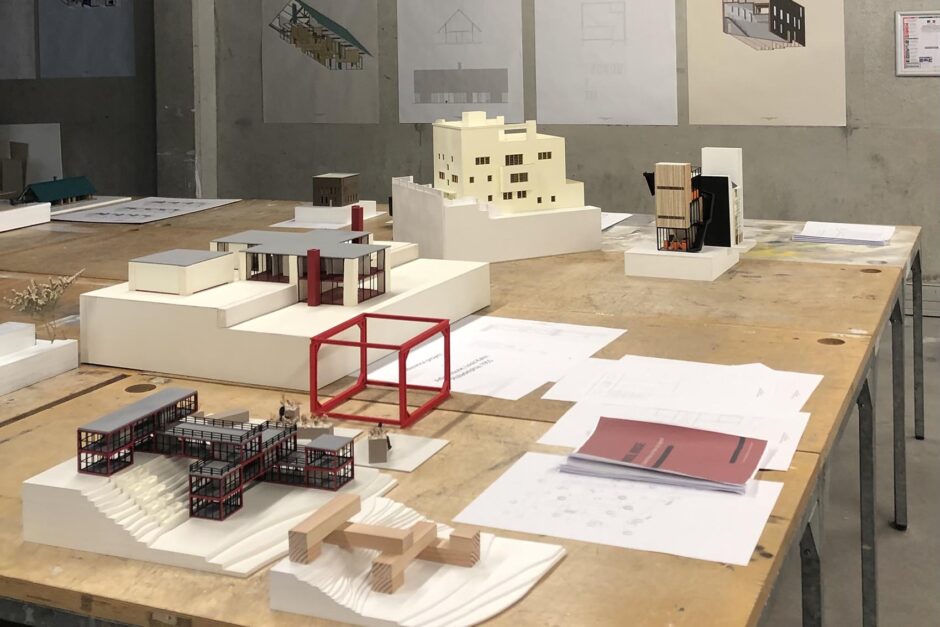
The significance of dual degrees in terms of training and professional integration
The aim of this dual degree is to consider spatial transformation projects as meeting points between architects and landscape architects. This dual degree programme contributes both to broadening the scope of the project to which the École de la Nature et du Paysage has been dedicated since its inception and to giving new impetus to the initial project of ENSA Paris-Est, twenty years after its creation. It is also an opportunity to boost the attractiveness of our two schools to students who are increasingly interested in new avenues for collaboration and cross-disciplinary skills. With this dual degree, we are affirming our shared desire to bring about a new approach to spatial planning. The idea of a landscape designer who is also an architect and an architect who is also a landscape designer opens up real prospects for the skills of professionals at the crossroads of project disciplines.
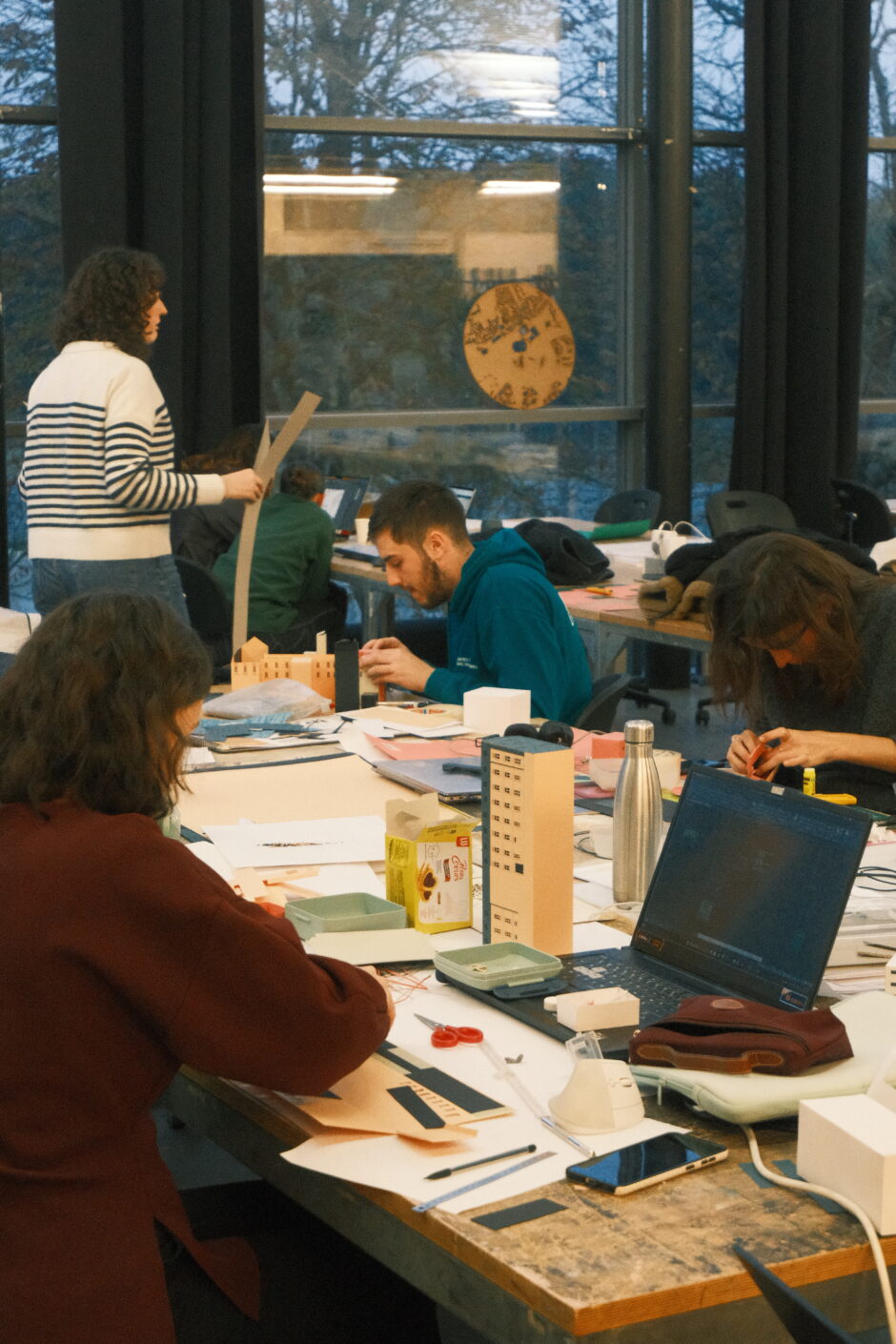
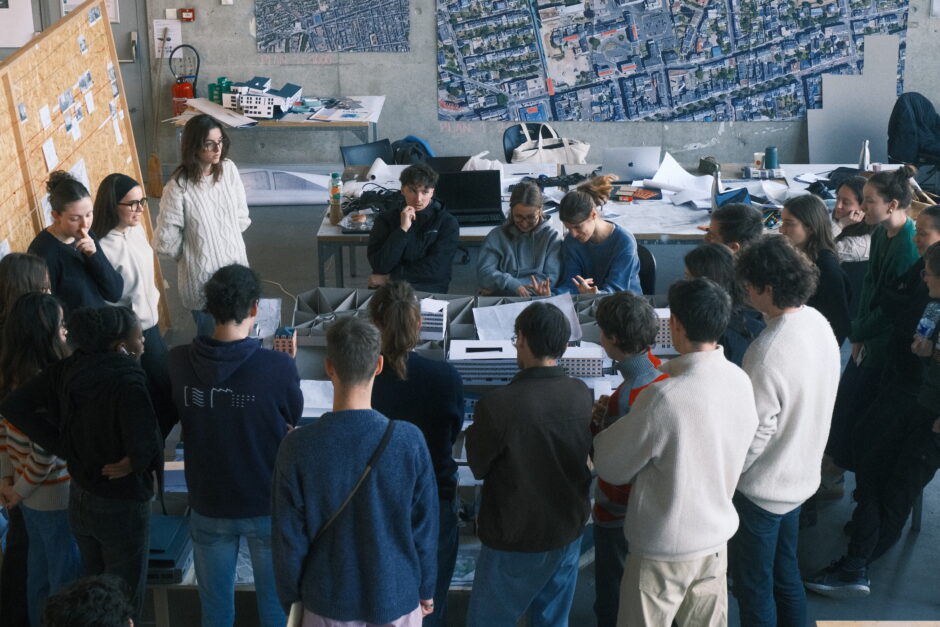

The uniqueness of the two schools involved
The École d’Architecture de la Ville & des Territoires Paris-Est and the École de la Nature et du Paysage of INSA Centre Val de Loire are:
- young and contemporary, both of them having been founded in the 1990s
- agile, thanks to their reasonable size and their comprehensive and committed educational programme
- recognised and innovative in their disciplines: the quality and varied professional backgrounds of teaching staff, excellent integration of graduates into private and public organisations, publication of national journals (Les Cahiers de l’École de Blois and the Marnes journal, architectural papers), strong links with applied research as an integral part of the teaching project
- integrated into an institution which promotes interdisciplinarity and the diversity of higher education teaching models (Université Gustave Eiffel for Ensa Paris-Est / INSA Centre Val de Loire for ENP),
- engaged and involved in society (conferences and discussions at La Chocolaterie, the Lisbon Triennial, workshops in the regions with stakeholders, summer schools, partnership agreements with local authorities, etc.).
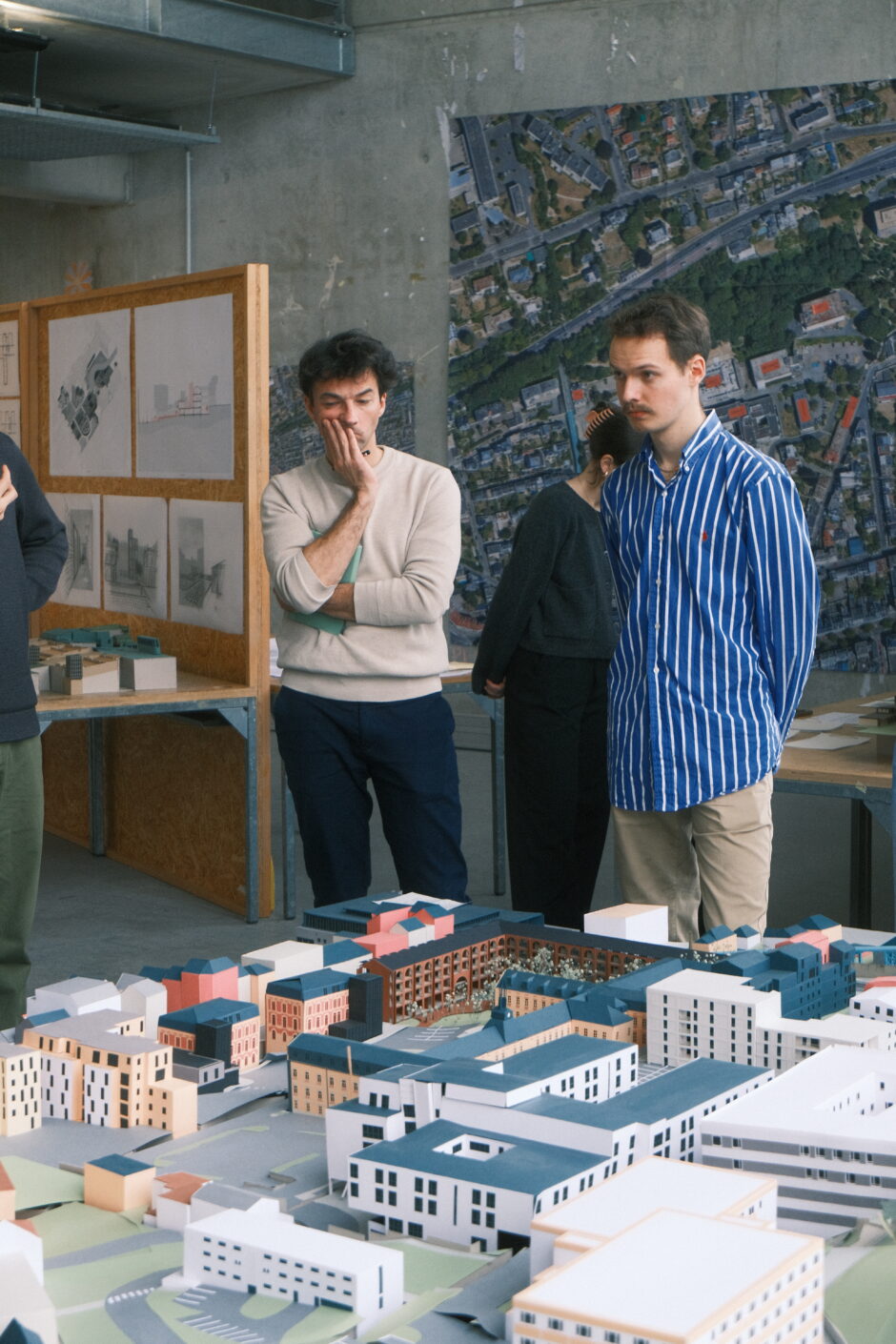
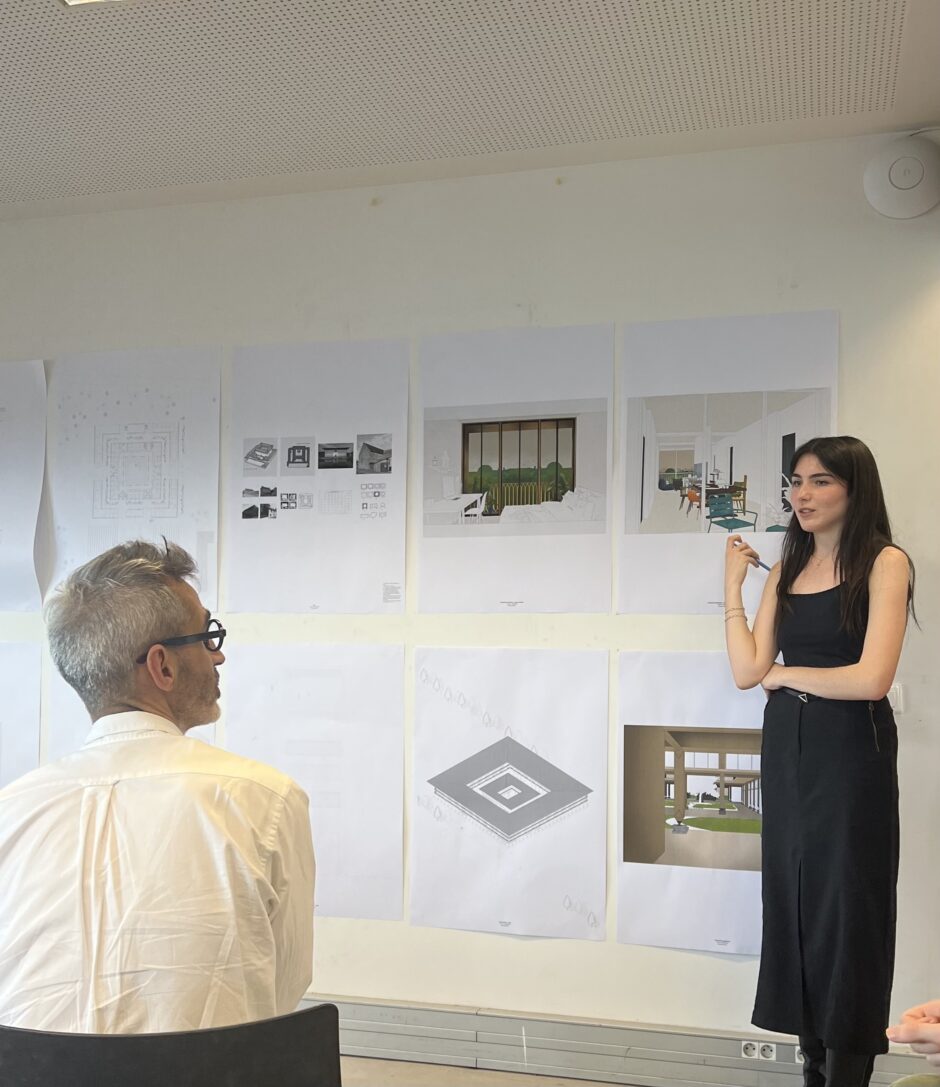
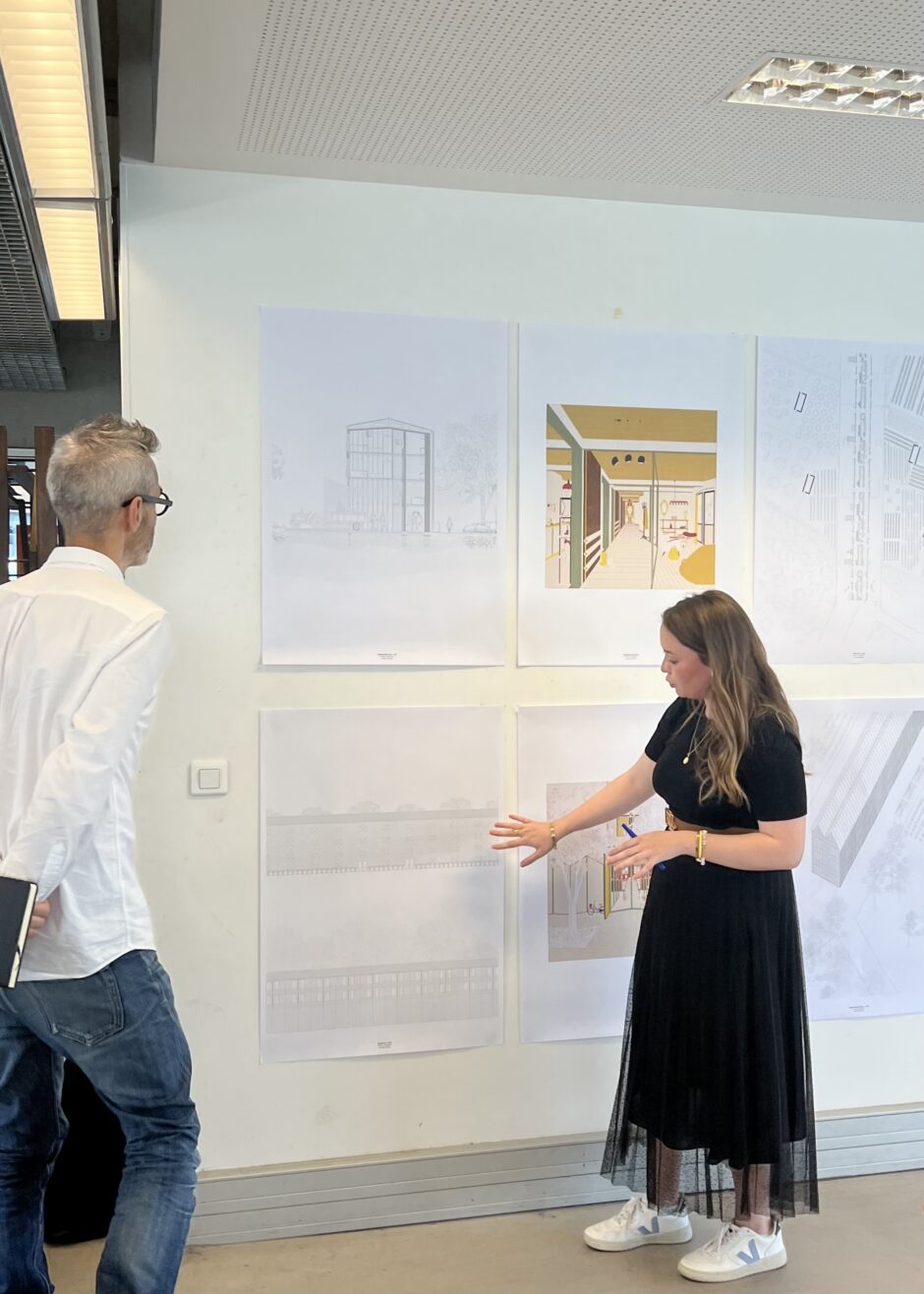
Details of the dual degree
- A course in landscape architecture and architecture, leading to a Diplôme d’État in Landscape Architecture and a Diplôme d’État in Architecture, over 7 years of study.
- Alternate training between establishments for regular acculturation and the pedagogical development of cross-disciplinary skills.
- An end-of-study project common to both schools, on the same site and with the same approach, combining the landscape architecture project approach and the architectural project approach, supported by both schools according to the regulations of each.
- A dual degree programme open to a small group of 3 to 4 students per institution, thereby creating the feel of a cohort as they will follow a parallel course throughout their 7-year training programme.
- Selection in the second year of study (CPEP2 for landscape architecture students, L2 for architecture students), based on a portfolio of personal work and possibly a personal interview with a panel of lecturers from the two schools.
- Sustained high standards throughout the course, requiring students to be committed, have an inquisitive mind and to be constantly on the move between the two courses.
For more information, the contact at the École de la Nature et du Paysage is Lolita Voisin, the dual degree advisor: lolita.voisin@insa-cvl.fr
Download the program of the dual degree with Ensa Paris-est


